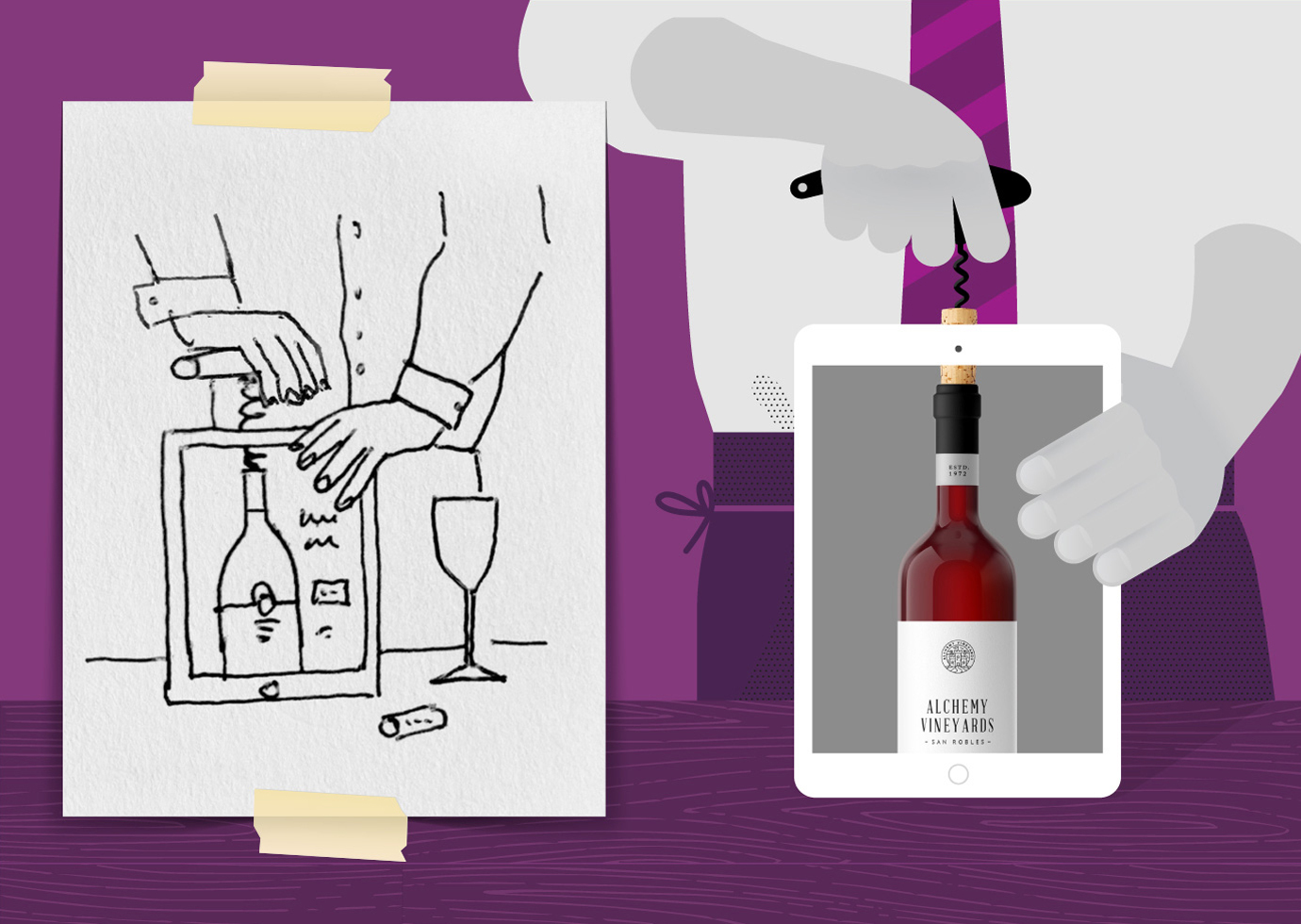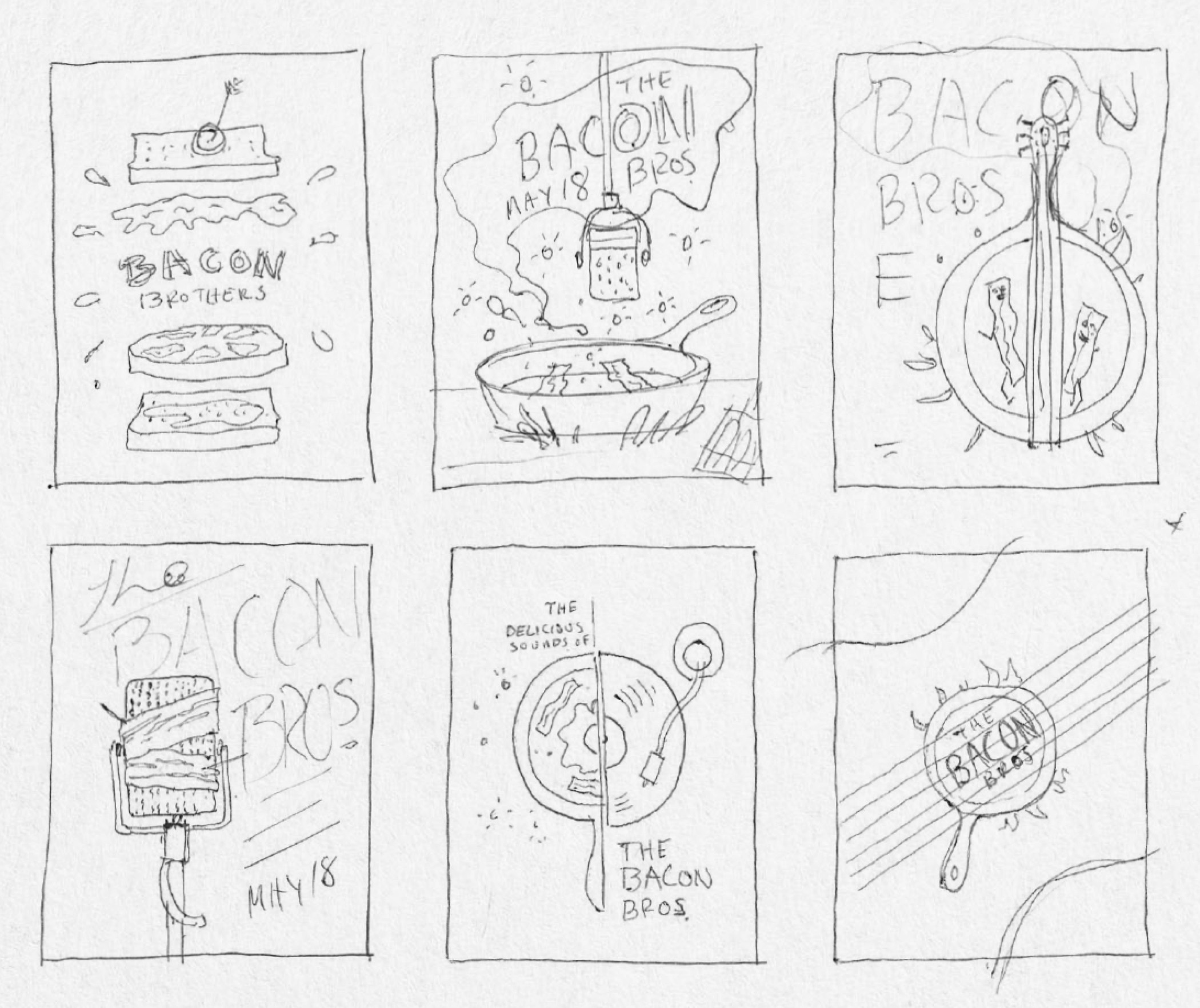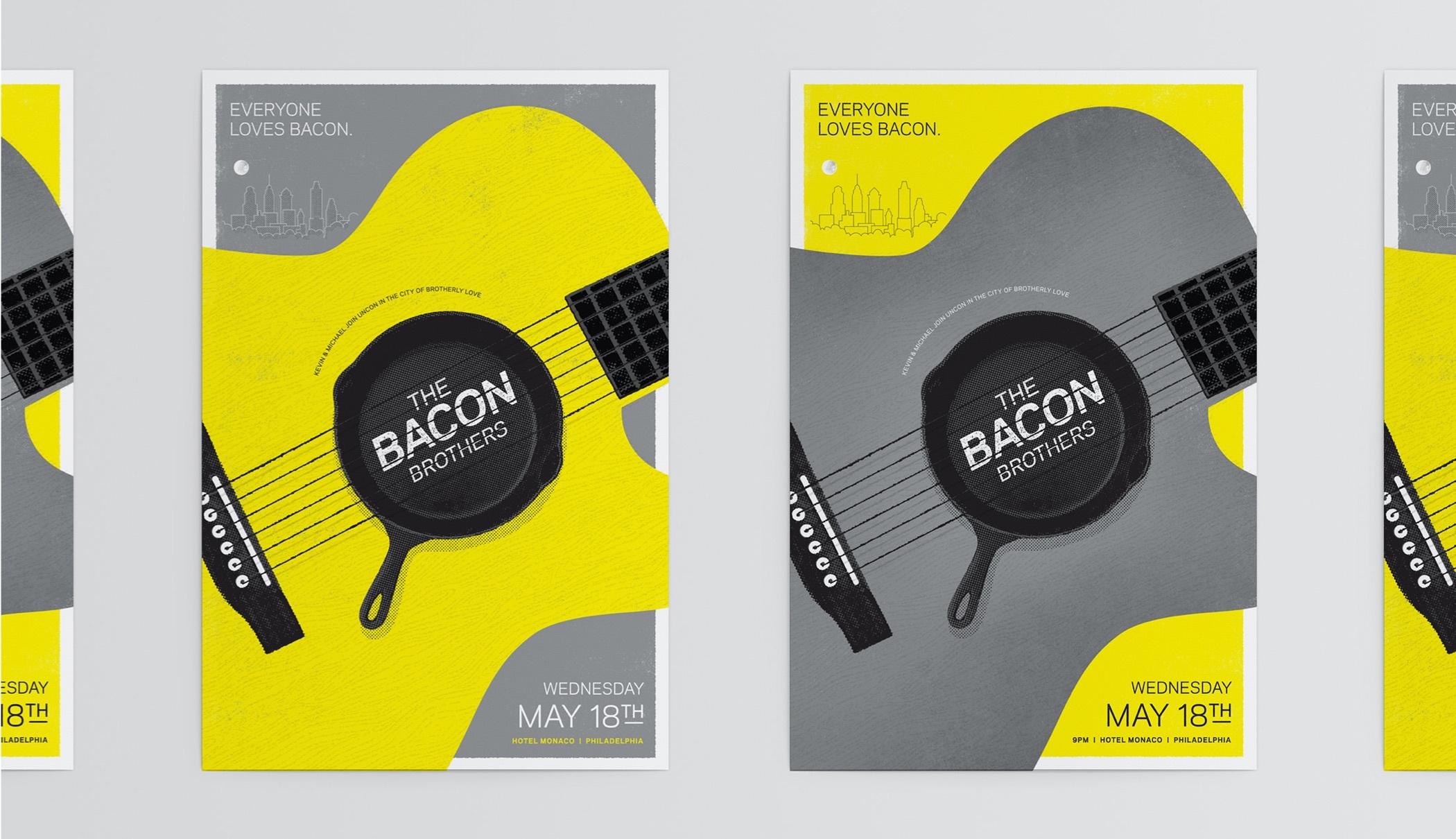Pencil sketches: a creative power tool
As a designer working with writers, clients, and other designers, pencil sketches are an invaluable tool for collaboration. They’re a way to externalize my ideas and be economical with my time: Instead of spending hours on a design proposal that will ultimately go unused, I can use that time to explore and present more design routes so that we can choose the best possible option.
But, the benefits of hand sketching go beyond expediency. Sketching can actually help you expand your thinking and access deeper creativity.
Let’s look at some science: A study from Bilkent University looked at the differences in interior designers’ cognitive process when they sketched with digital media and when they sketched using pen and paper. They found that designers who used analog sketches during the design process changed their goals and intentions more frequently and engaged in a higher number of cognitive actions than designers who sketched digitally. Using hand sketching actually led designers to better understand the design problem and produce a wider, more creative range of solutions. Of course, designing for print and digital media, like we do at Thinkso, requires different skills than interior design, but the basic tools for solving a design problem remain the same. Across mediums, you need to be able to clearly see the problem and think creatively, flexibly, and expansively to arrive at the best possible solutions. Sketching by hand allows for that expansive thinking.

We present our client WineDirect with several concept sketches before illustrating and animating the final ad (shown below).
Another study from psychology researchers in the Netherlands had a similar finding. In researching the relationships between imagery, perception, and sketching, they found that sketching triggers a cognitive process called “restructuring,” in which a person is able to “abandon a preconceived structural interpretation in favor of a new, unanticipated structural interpretation.” In layman’s terms, restructuring is when you’re able to throw out your preconceived concept of what something should look like and rebuild it from scratch, creating room for a multitude of new, unexpected ideas.
But using sketching to see new possibilities isn’t a new concept. Any writer, designer, or other creative knows that getting an idea on paper — digital or analog — creates the opportunity to reinterpret and revise that idea. Verstinjnen, takes the power of sketching a step farther: He found that sketching not only strengthened participants’ abilities to reimagine their initial idea, but that people who sketched regularly were better able to adjust and adapt their ideas in the long term. Adaptability is crucial as a designer. You can bring the most creative idea to a client, but that doesn’t mean they’ll like it. Being able to pivot to something new and unexpected is essential.

Exploring the connections between food and music for The Bacon Brothers band resulted in an unexpected image (shown below).


The final posters were displayed throughout the venue. Kevin and Michael Bacon were thrilled with the results.
Evidence of the benefits of sketching isn’t just limited to academic papers. Sunni Brown is a bestselling author and founder of creative consulting firm who’s clients range from The American Cancer Society to Dell. Her seminars are often focused on corporate settings where sketching isn’t meant to lead to a fleshed out design, but rather as a way to move away from linear thinking in order to look at something from a variety of different angles. But, even those of us in creative spaces, such as designers, who aren’t usually considered to be linear thinkers can benefit from pushing ourselves to consider more perspectives. Sketching can be a good reminder to get back to basics and really explore all possibilities.
For me, part of the magic of sketching is creating something imperfect. There are just some designs that can’t be created digitally. Sketching by hand creates imperfect shapes that are truly unique — a literal restructuring of a classic shape. In fact, I’ll often trace a hand-drawn sketch into a digital program, creating a final product with more personality than what I could create through the computer alone.
You don’t have to be very good at drawing — I’m certainly not — to use sketching to get your ideas on paper. Sketching is a great way to take what’s in your head and give it shape, workshop it, and expand the creative possibilities.